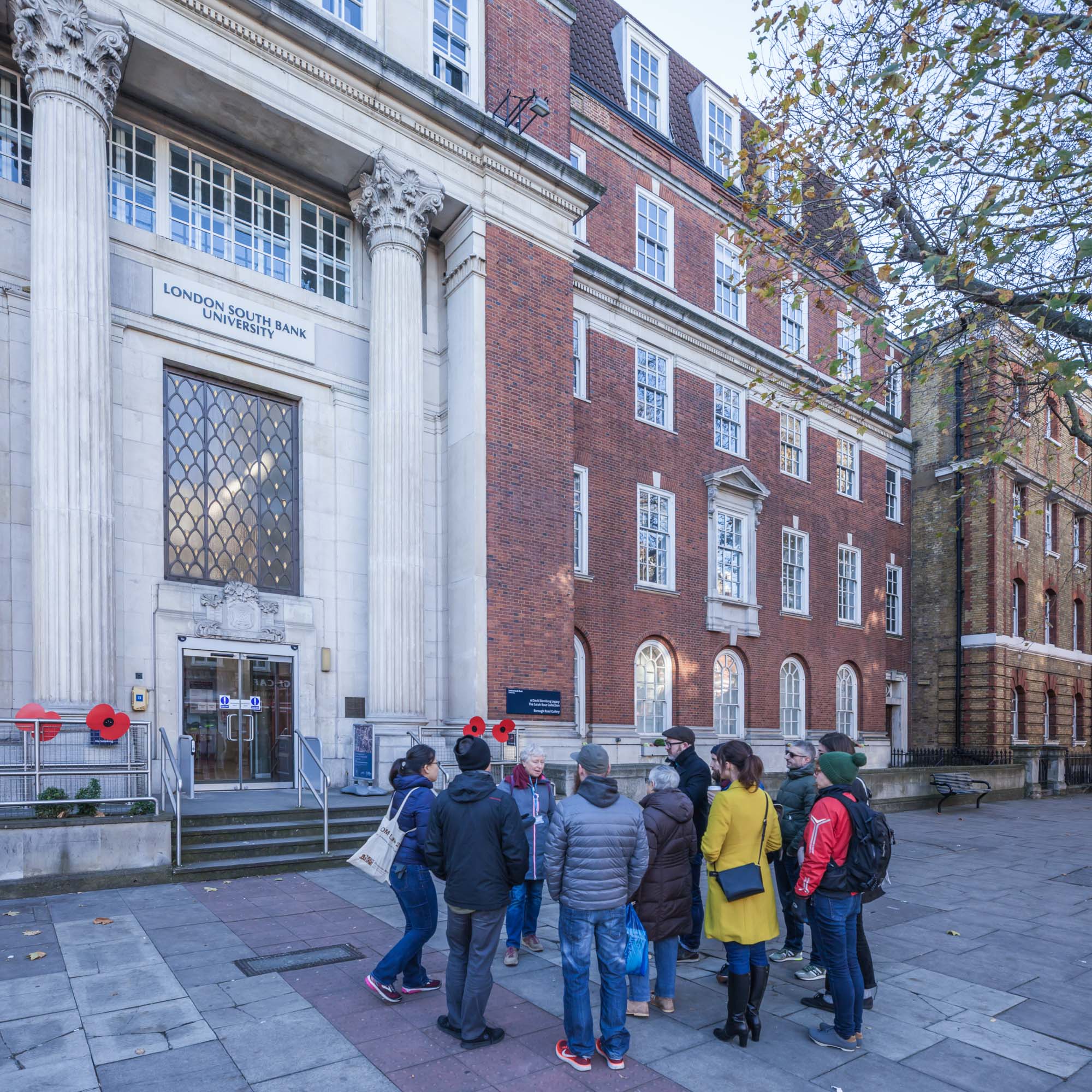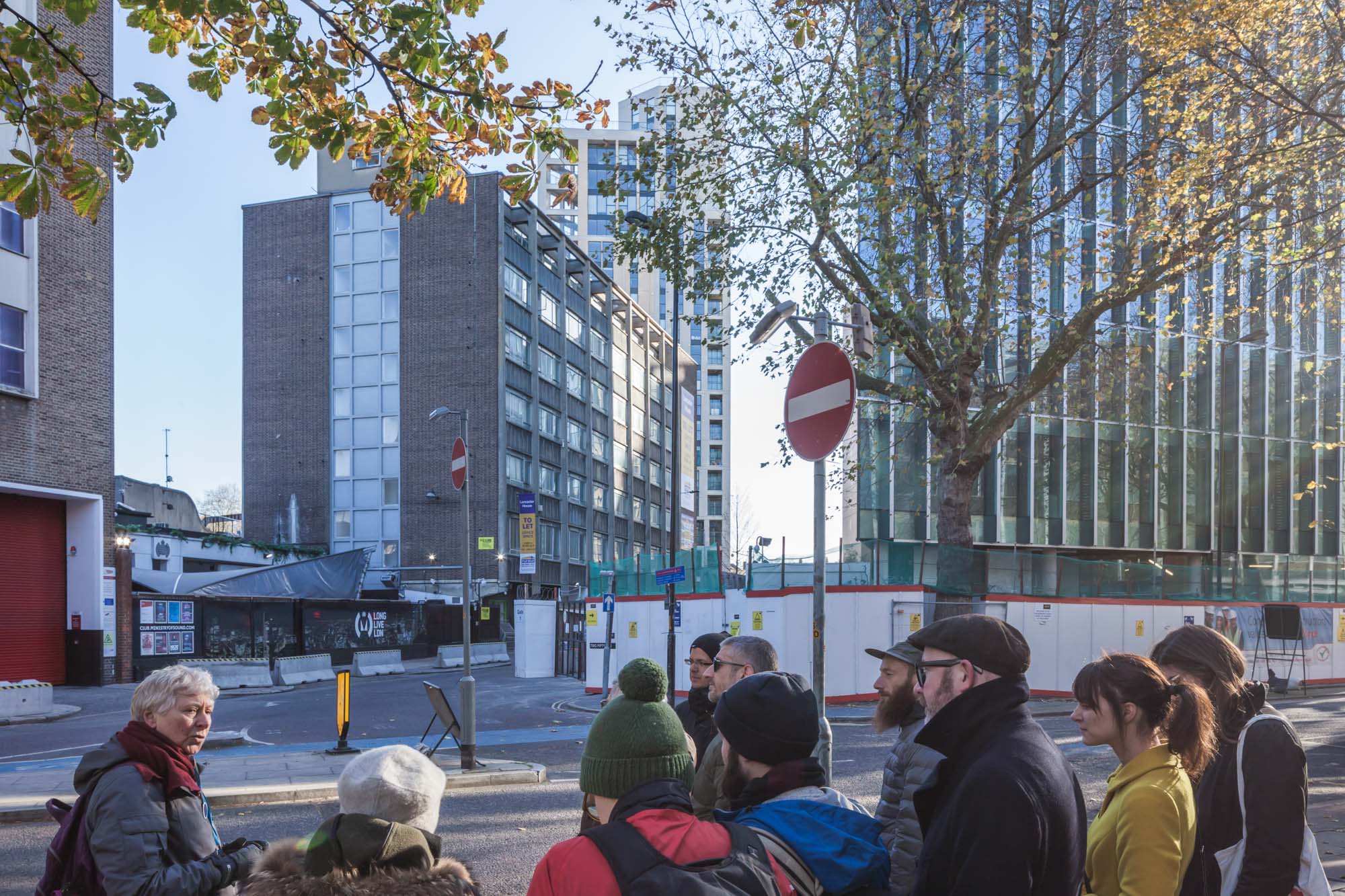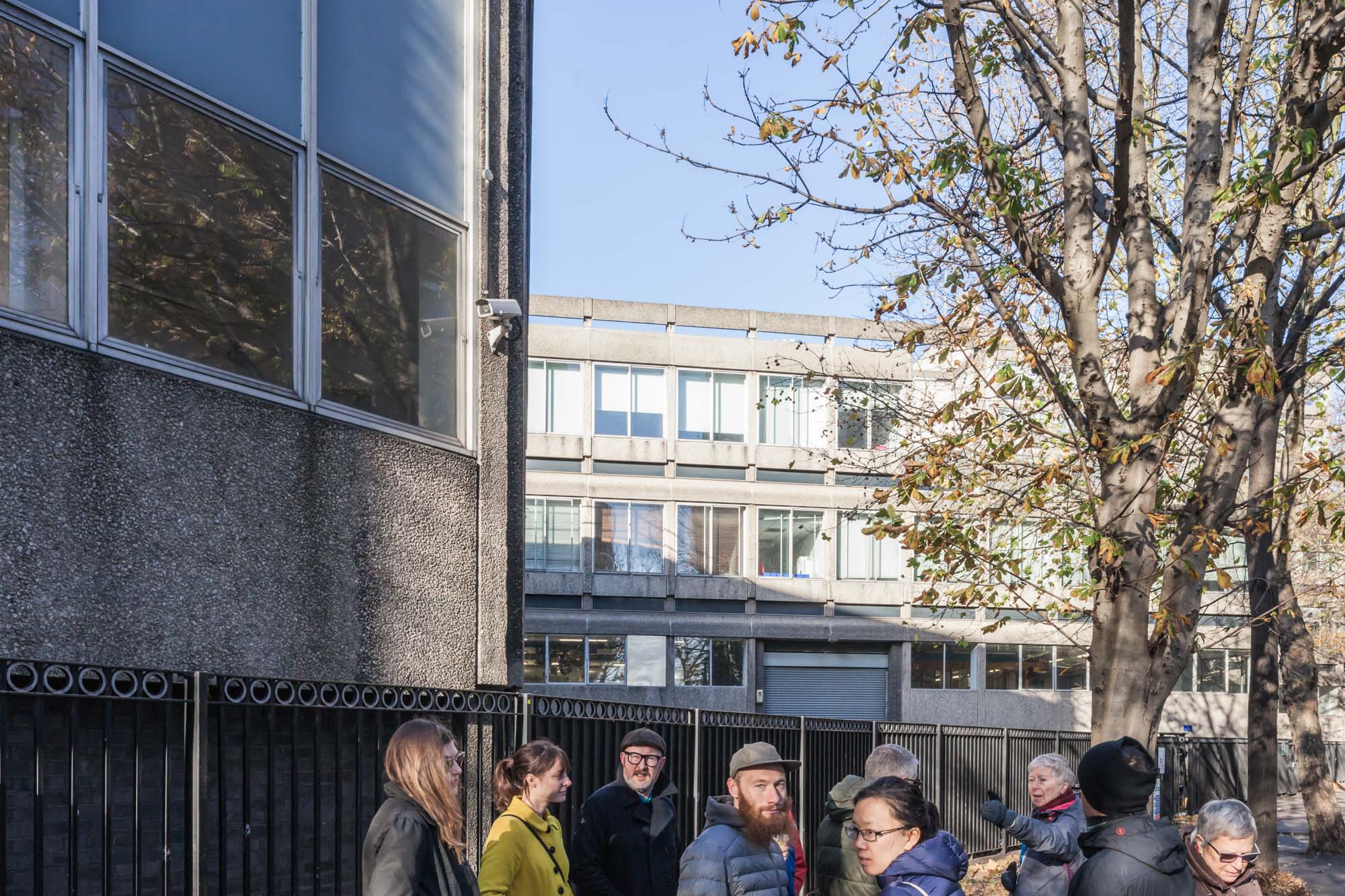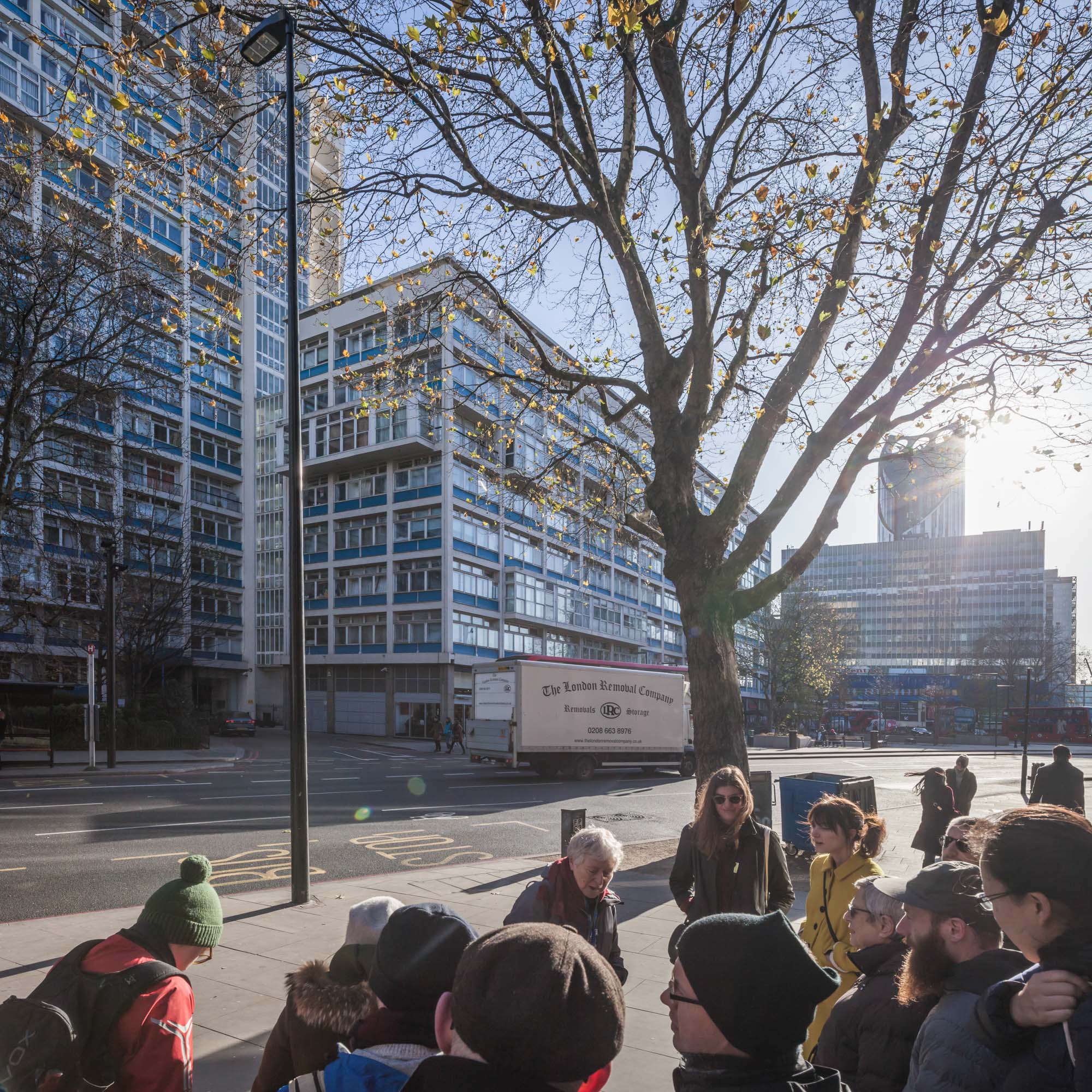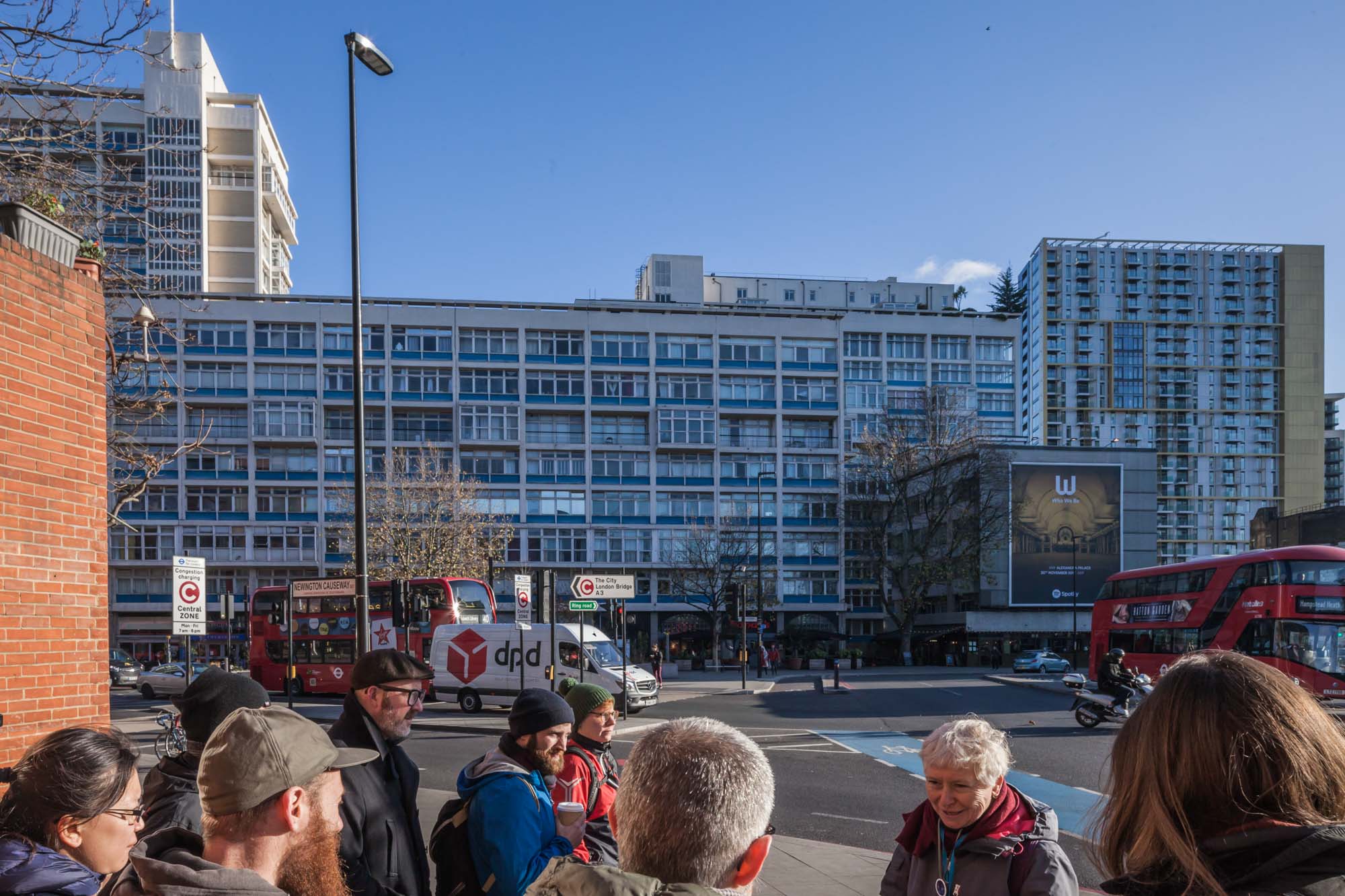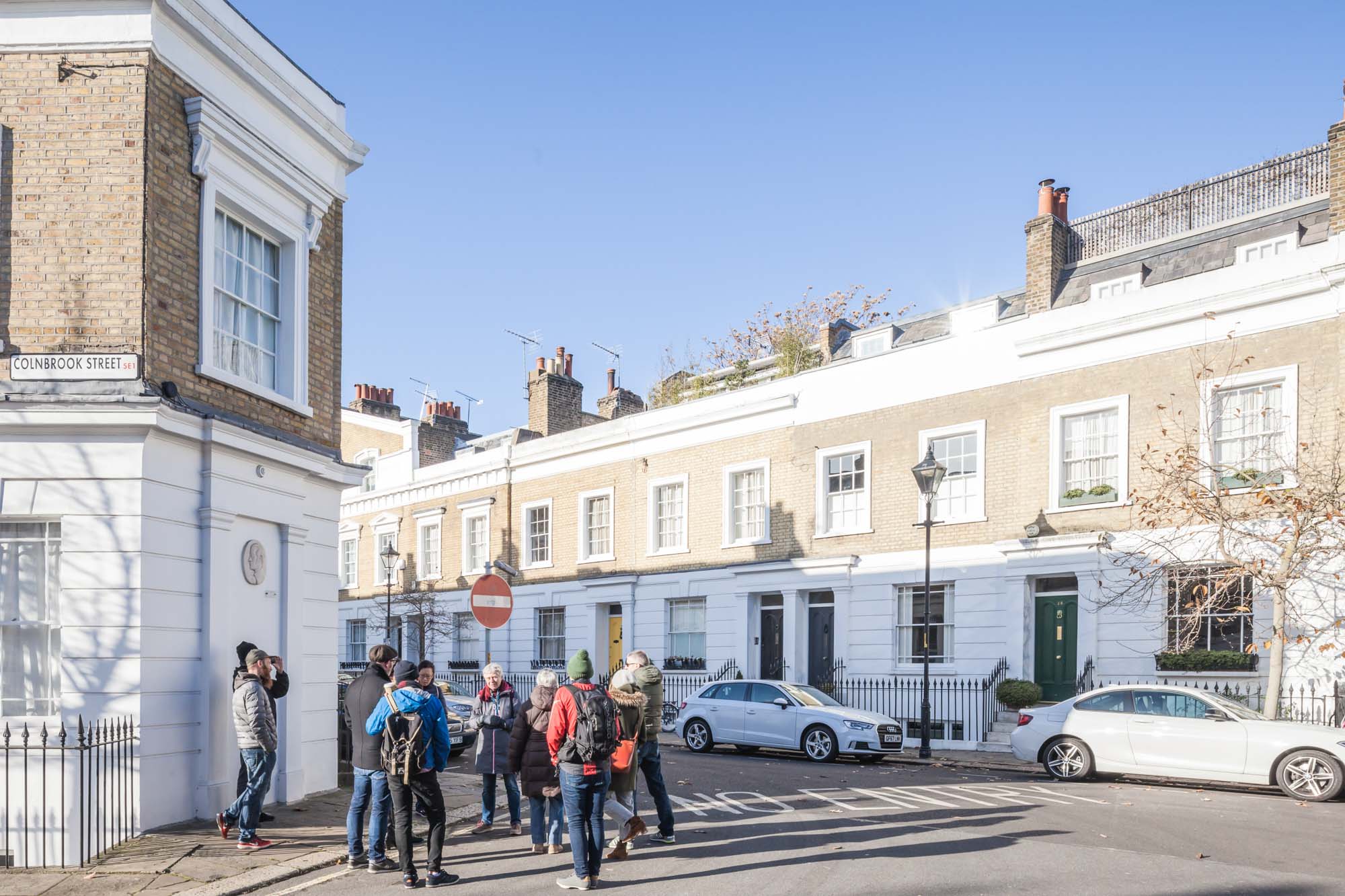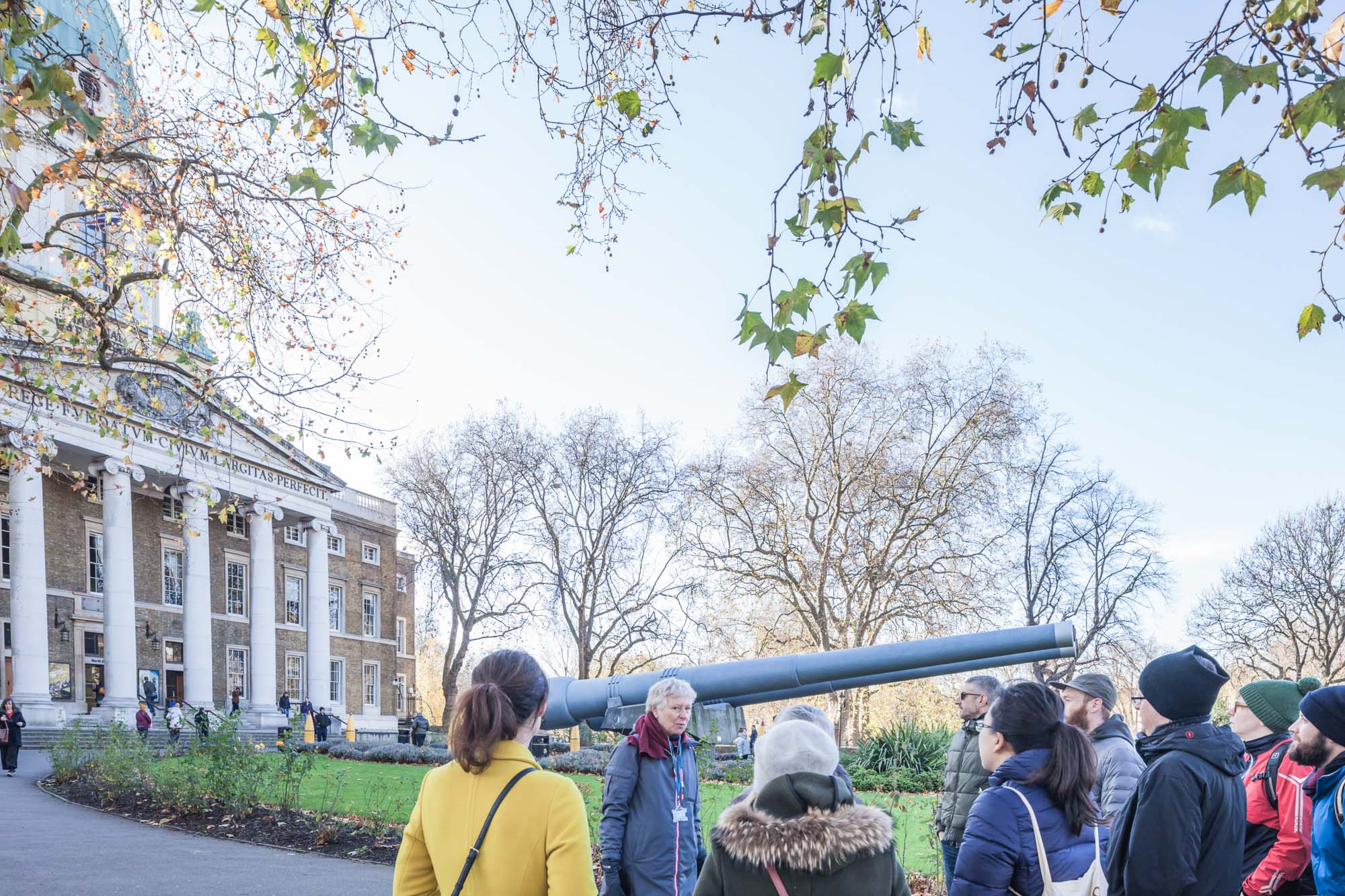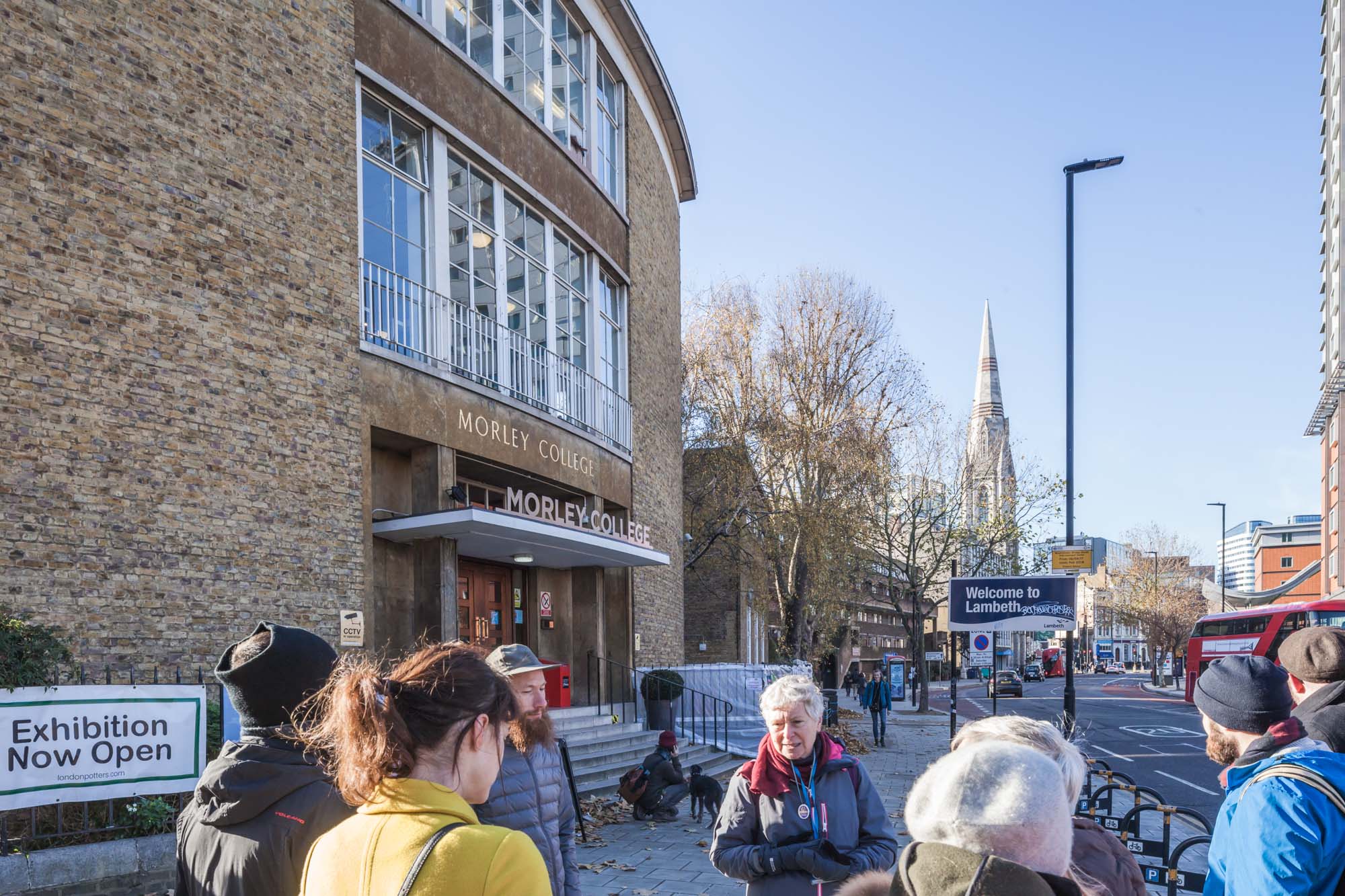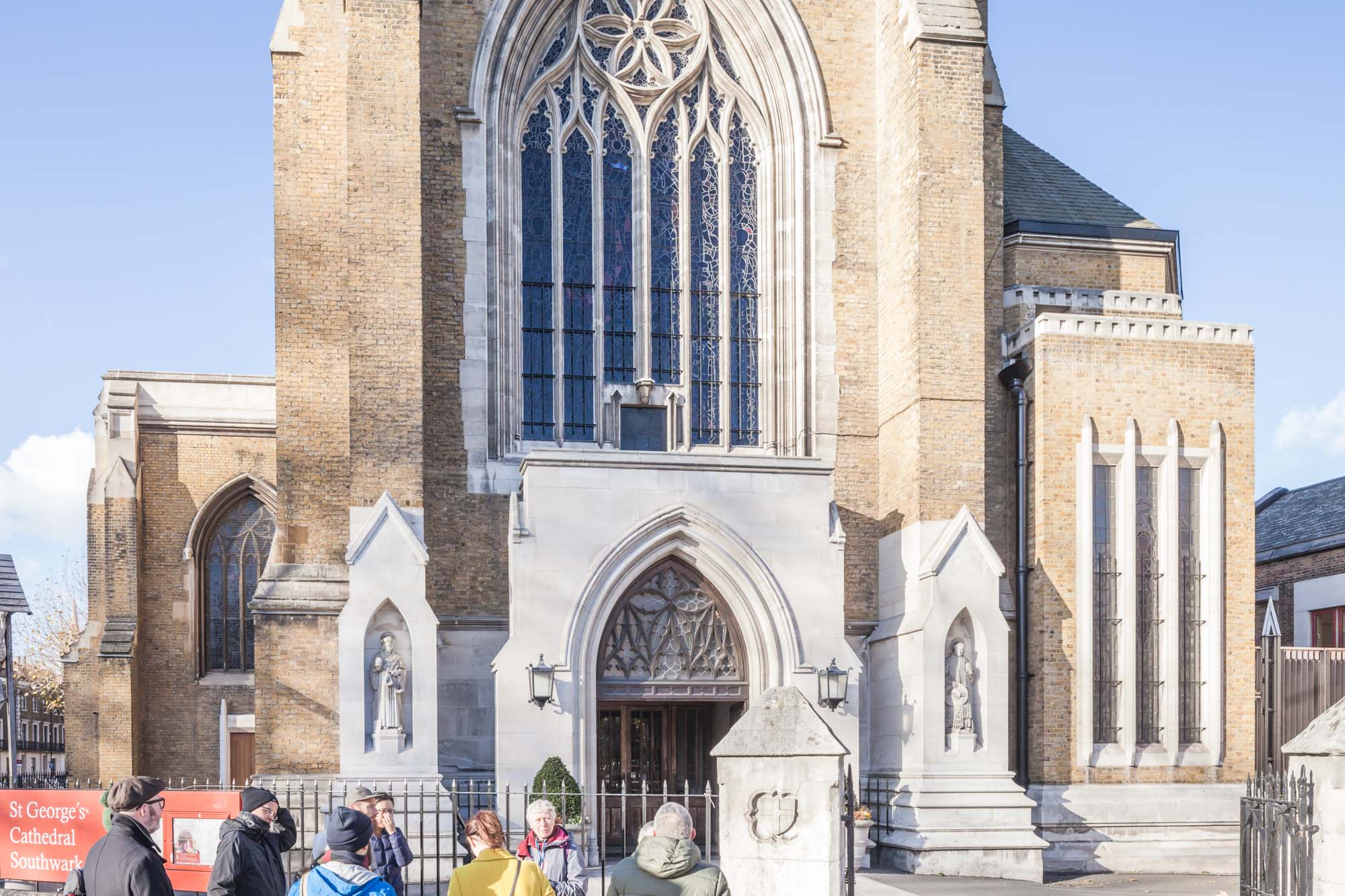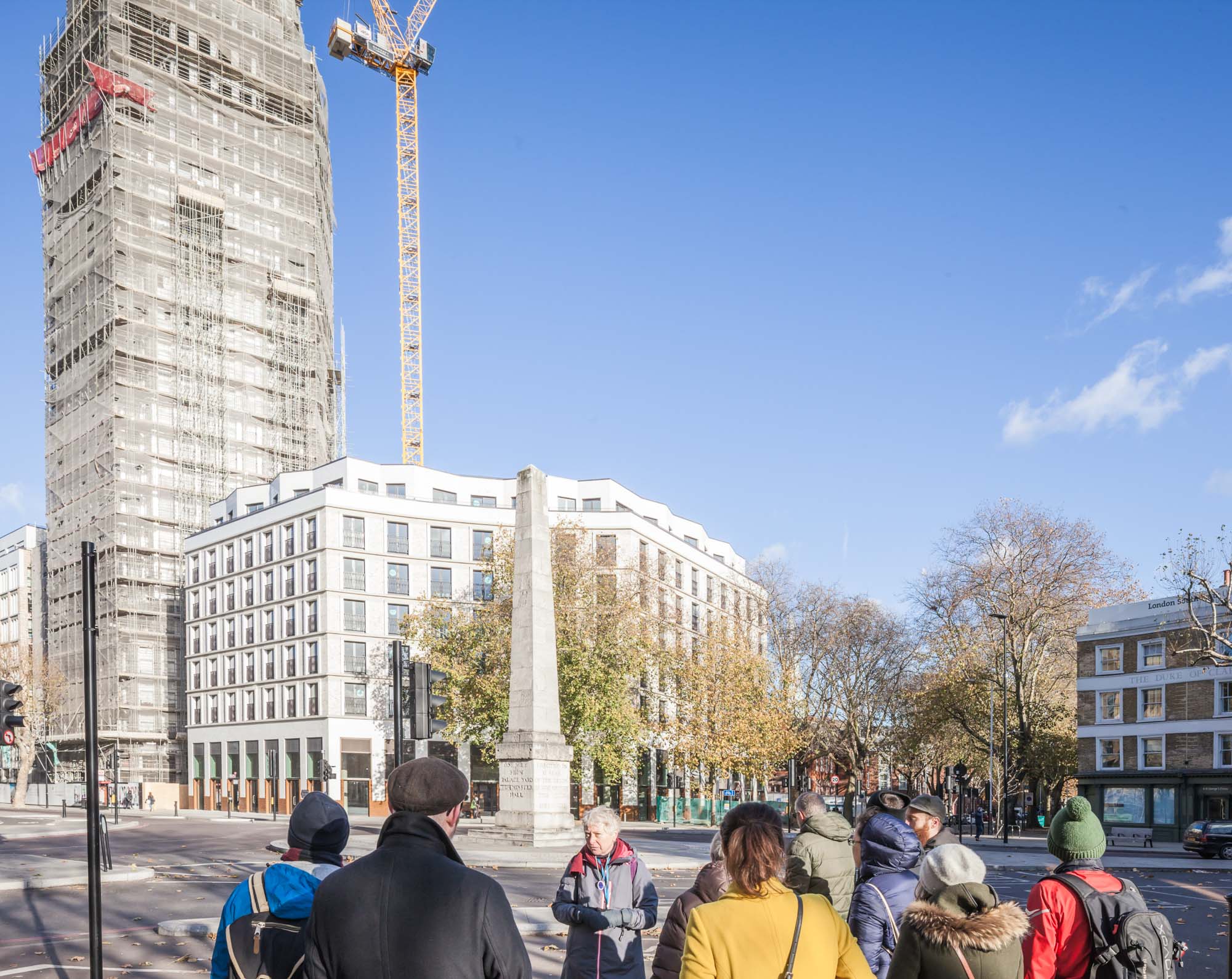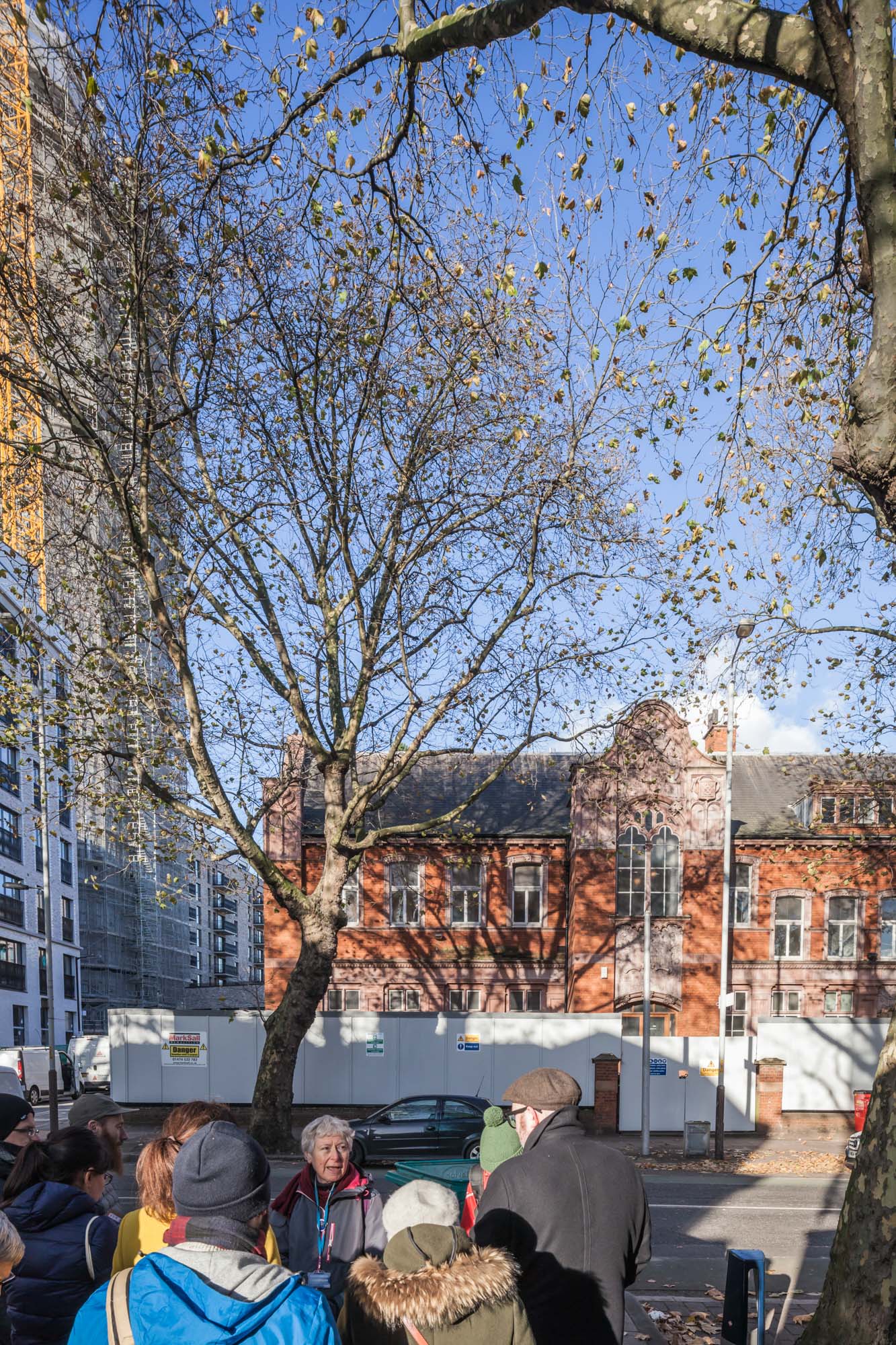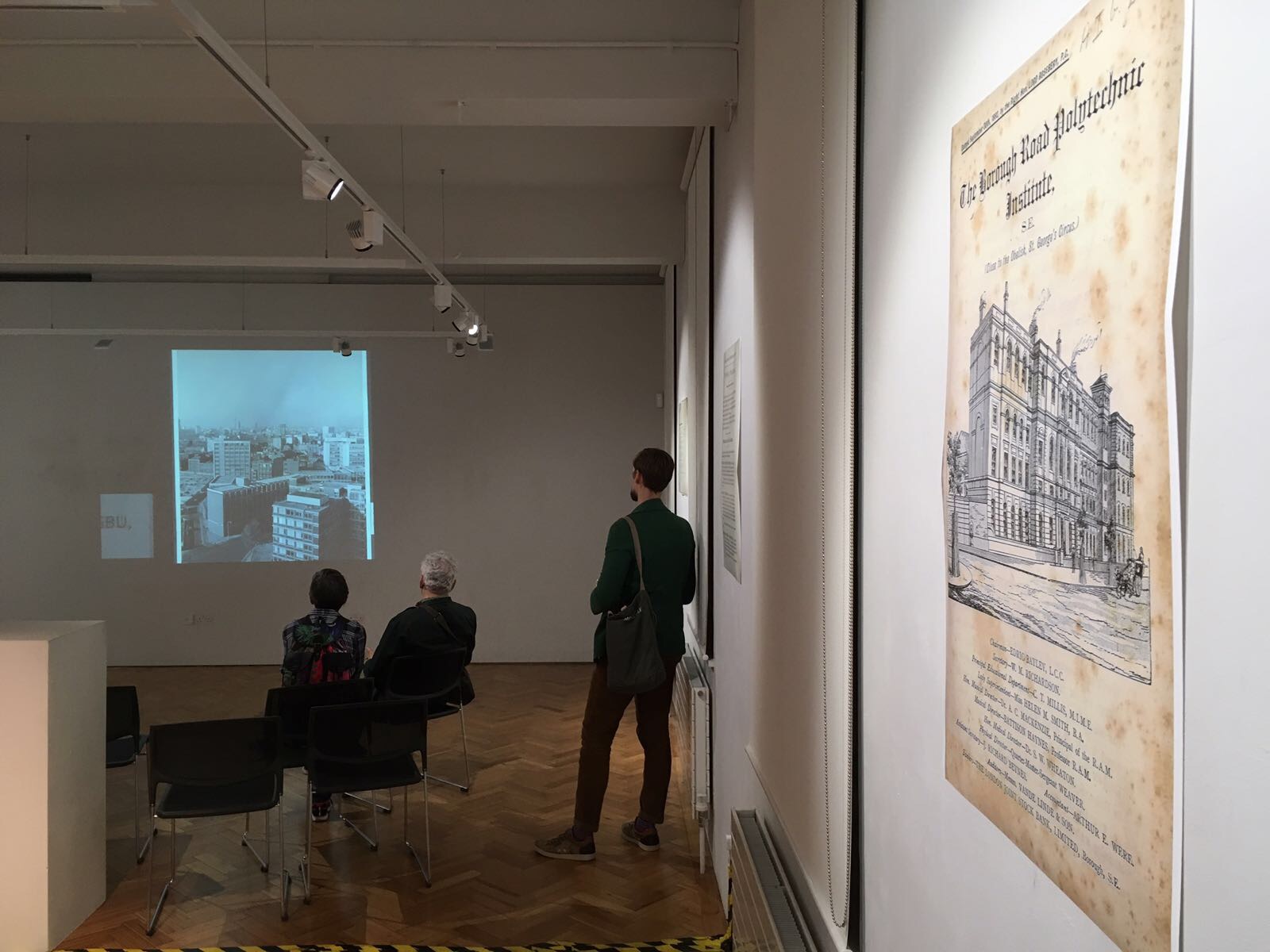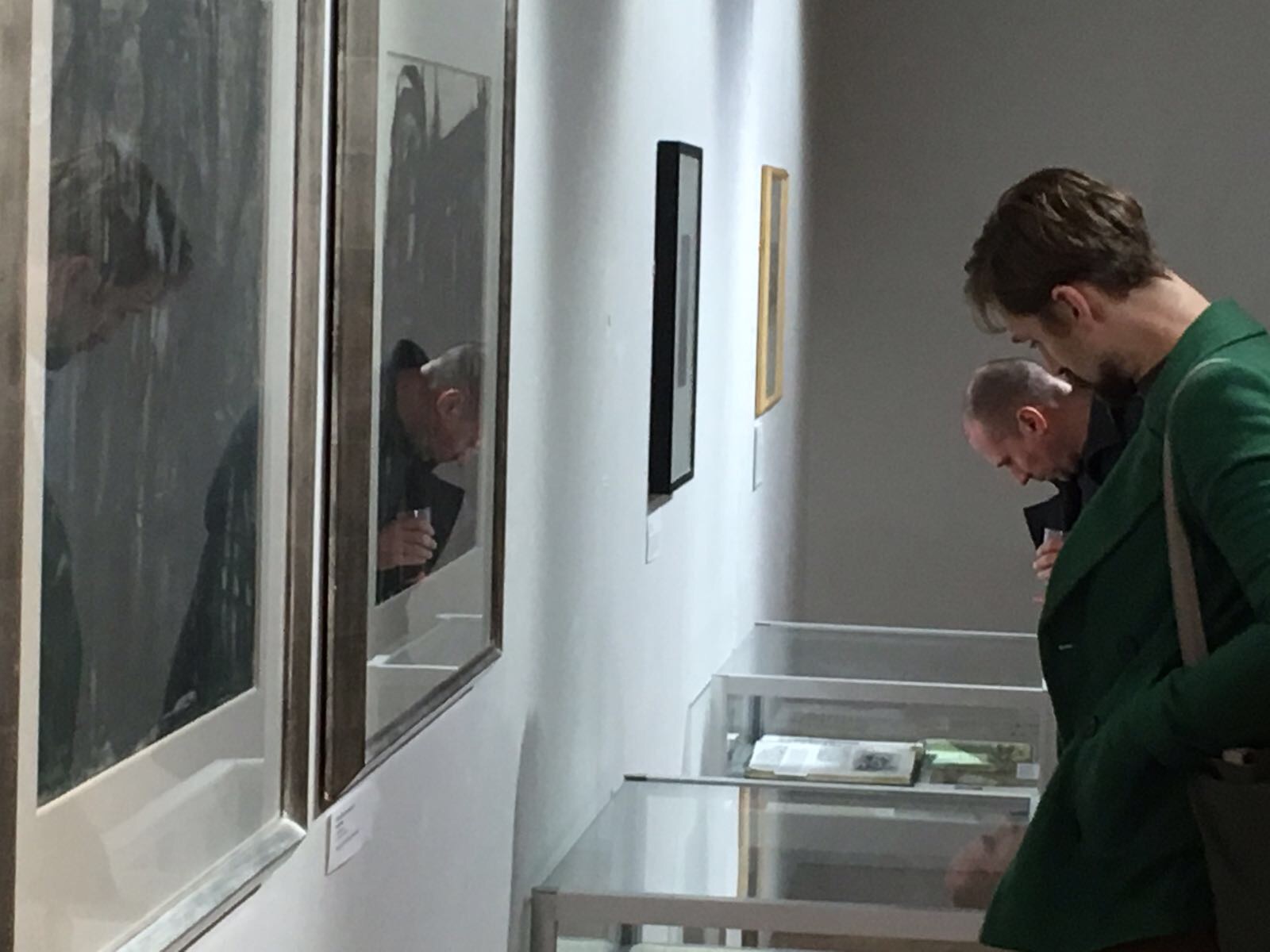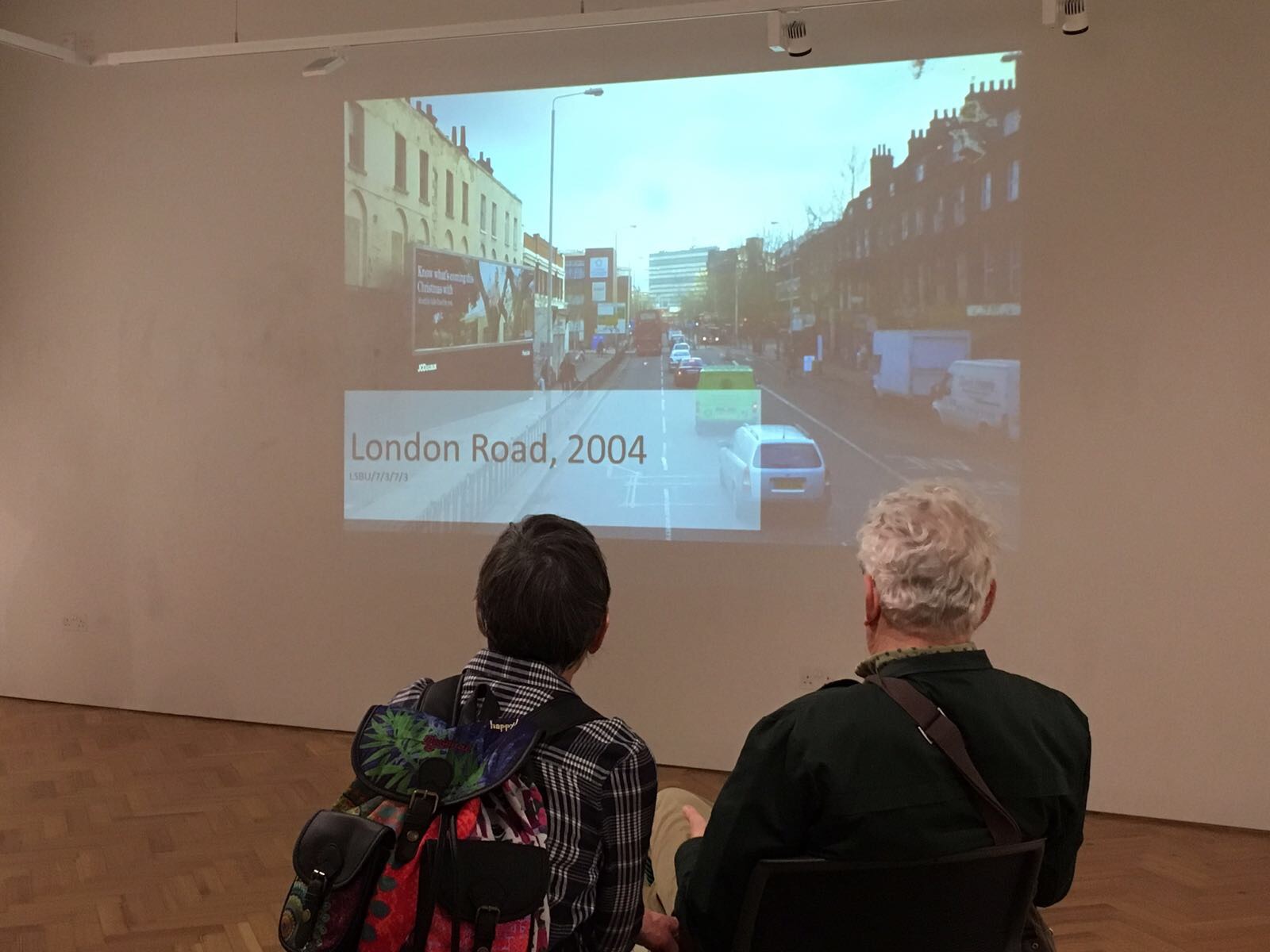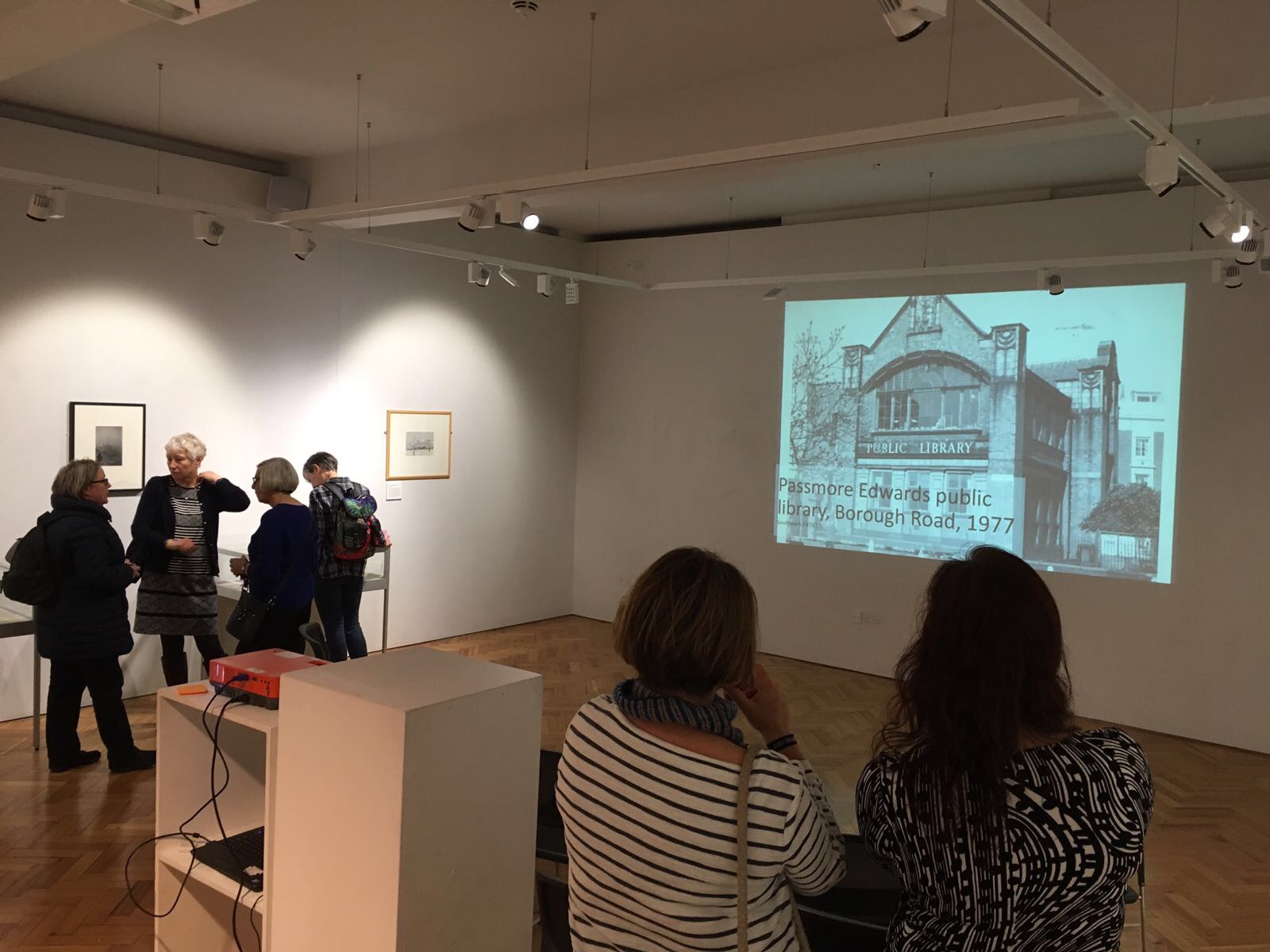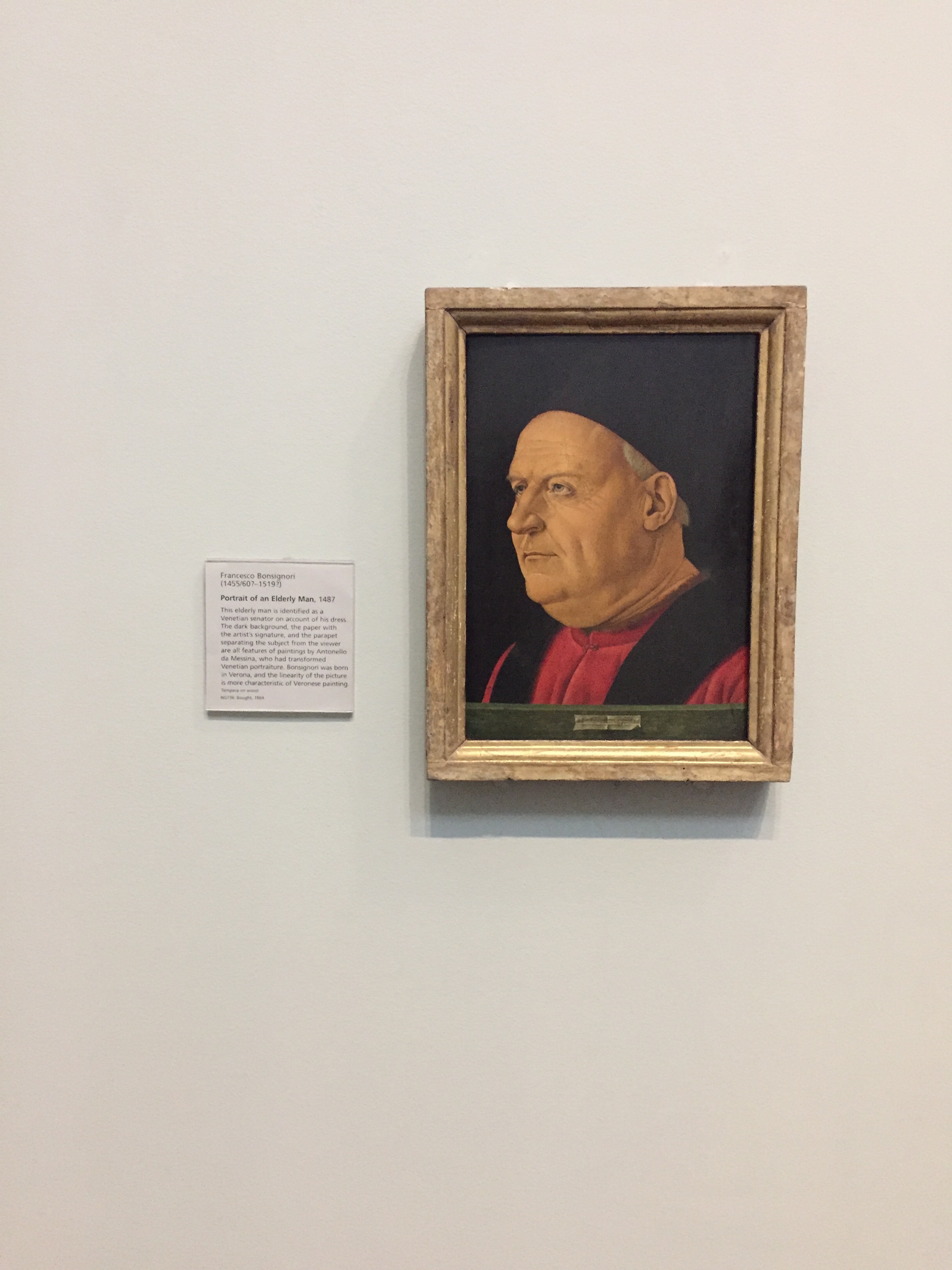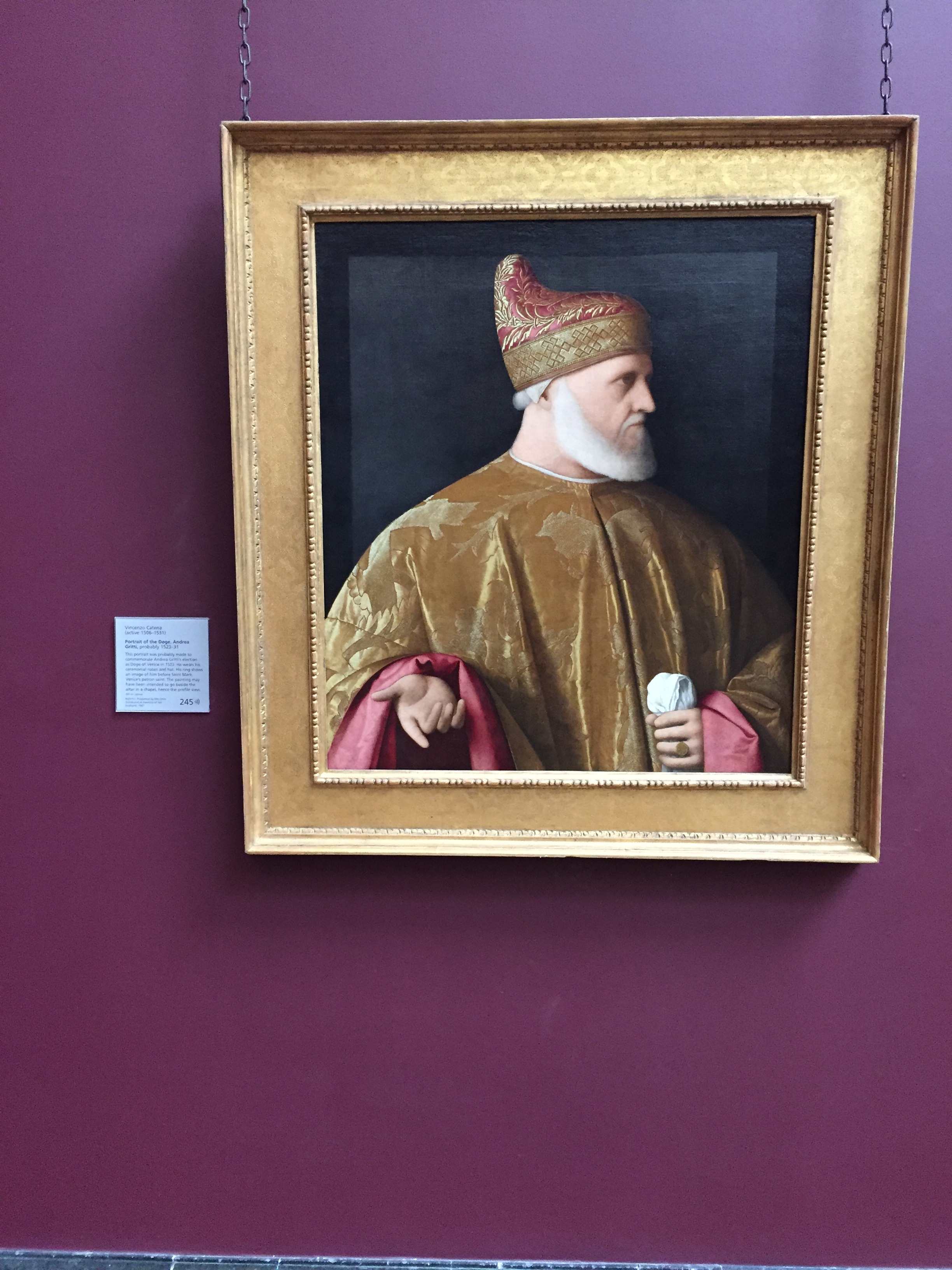PhD student Nicola Baird has co-curated with Rebecca Lodge the show The Making of an Englishman opening today at Burgh House:
Supported by Arts Council England, The Making of an Englishman is the first UK retrospective of Uhlman’s work in 50 years and the first exhibition of the artist’s work in Hampstead, where he lived for many years and was so influential in establishing a refugee community. The exhibition brings together paintings and drawings dating from 1928 to 1971, most notably a selection of early Mediterranean scenes, a number of drawings executed whilst in internment on the Isle of Man during the Second World War, loaned from the Fitzwilliam Museum, Cambridge, and the Welsh landscapes for which he became well known. The exhibition will also include previously unseen archival material and objects of personal collection including a number of items from Uhlman’s seventy-two-piece collection of African sculpture, the majority of which is now on permanent display at the Hatton Gallery, Newcastle, as well as representations of the artist by celebrated Dadaist, Kurt Schwitters, fellow Hampstead resident, Milein Cosman, Polish-Jewish painter and printmaker, Jankel Adler and sculptress of luminaries, Karin Jonzen.
Wednesday 24 January – Sunday 27 May
Burgh House & Hampstead Museum
Burgh House
New End Square
London
NW3 1LT



